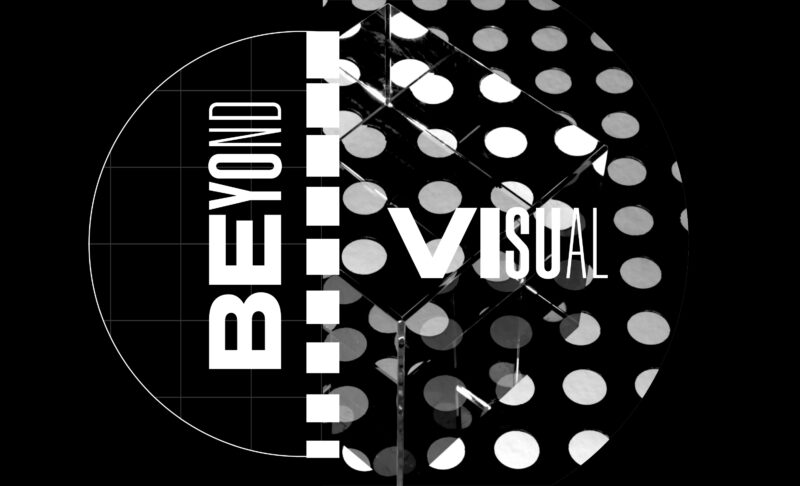Related Services
Credits
Writer: Dejan Kvrgic

Staying up-to-date with the design of your products and services is crucial for staying up to date as a business. Here’s a scenario that proves our point:
Let’s say you’ve noticed that your competition is thriving, and it seems like you can’t keep up – even if your products are objectively better. What’s the deal here?
Their product doesn’t necessarily have to be better than yours; it’s the presentation that entices the consumers.
So, if you can see that other businesses in your niche are booming, that could be your sign that it’s time to look at your design. The way you present your product – essentially, its design – could be the make-or-break moment for your business. Now, let’s say that you realized that your brand could undoubtedly benefit from a design update. Your next move should be talking with your designers about the design update – something that would make your business and products more appealing. But your design team responds by saying they want to discuss the design strategy first – rather than diving into the visuals head-first. Why? That’s exactly what we’ll cover in this article – so make sure to continue scrolling!
Why Should You Work On The Design Strategy First?
What is the benefit from working out the design strategy first – before all else? Why should it be a top priority for your business?
Let’s put it this way:
Each business – especially successful ones – started with a business strategy before getting to the production. The same principle applies to designs; any design work needs a system to be successful. A strategy gives you a clear vision of what comes next – and what the best course of action is in your scenario. And interestingly enough, design strategy allows business and design thinking to work alongside one another. It’s both a more cost-effective and goal-oriented way of tackling any design process. So, how does making a design strategy save you money? Design strategies are cost-effective in the sense that they prevent you from spending months – if not more – working on a new design only to find out it doesn’t work.
For starters, a carefully developed design strategy defines your target audience, their wants and needs, and shows how you may provide value. It essentially prevents your business from taking a shot in the dark. With the research done beforehand, your design strategy will add value to that “pretty thing” you wish to get. With a plan in place, your design becomes more than making the product attractive; it allows you to stand out and communicate your value.
The key to a more successful design is to design with meaning (strategy).
Don’t work on design simply because you want things to look better; your designs deserve more value than that. It goes beyond skin-deep looks; it’s a communication tool, and you should use it as such. If you’re already set on making the design update, you need the strategy to point you in the right direction. Which aspects of your current design don’t work? Why do you need to change what you already have? What do you hope to achieve with the new design? And lastly, how will you measure the success of your new design? Answering these questions will help guide you in the right direction and make design decisions that align with your business goals and resonate with your audience.
With that said, fulfilling every request your users wish for is not the answer. Attempting to be as user-friendly as you could be can set you back by thousands of dollars but without the expected outcome. And again, a design strategy will allow you to prioritize and figure out how to hit that balance of high reward and low effort – and, in turn, drive revenue.
How To Determine The Best Design Strategy?
Defining your design strategy will be highly beneficial for your business; we’ve made that clear by now. Now, while that consists of a few different things, it all comes down to your goals as a company, your vision, and what makes you stand out from your competition.
Your vision reflects the company’s core values, but it also has to include the wants and needs of your target audience. There’s nothing more essential than taking time to get to understand your audience better. It gives you valuable insight into their wants, needs, and pain points – and gives them a reason to remain loyal to your brand. Speaking of encouraging loyalty, your company must have a personal touch to it – why and how it came to be in the first place, and what’s the driving force behind it. That intimate, human touch is something your audience will respond to – and should be incorporated into the new design.
Next, take time to think about what makes you stand out from your competitors. The competitive edge is something you should always use to your advantage. Despite providing similar products as your top competitors, you still need to define something that gives you an edge, showing how you offer more value to your customers. What your customers want is what you need to provide for them because that’s quite literally the key to success. You can do that by addressing existing problems or challenges or meeting user needs that remain unmet by your competitors. But either way, your target customers’ needs should be at the center of attention.
Lastly, you will need to set realistic goals as a part of your design strategy. The goals need to be measurable, allowing you to track the progress of your new design and the eventual increase in profits. Now’s your chance to define what you genuinely hope to achieve, what would be unacceptable – and what is “okay.” As you start implementing new practices and expanding your ideas, these quantifiable goals will allow you to track your progress and adjust over time.
What Is Design Strategy?
Design strategy is an integral part of developing a new design, serving as the essential meeting point between what may be more profitable for your business and what your customers will find more valuable.
While it’s hard to give a precise definition – simply because the phrase “design strategy” means different things to different people – one thing we can agree on is: A design strategy allows your business to define your goals, choose your next move efficiently, prioritize features that offer the most value to your consumers – and keep you on the right track throughout the process. Choosing what to do – as well as what not to do – would be the best way to define your design strategy.If you start with these guidelines – and align them with your brand’s mission and vision – it will be much easier to decide on the next steps when reimagining your product’s design. Ultimately, it’ll allow you to create something of value to the consumers – while simultaneously boosting profits.


